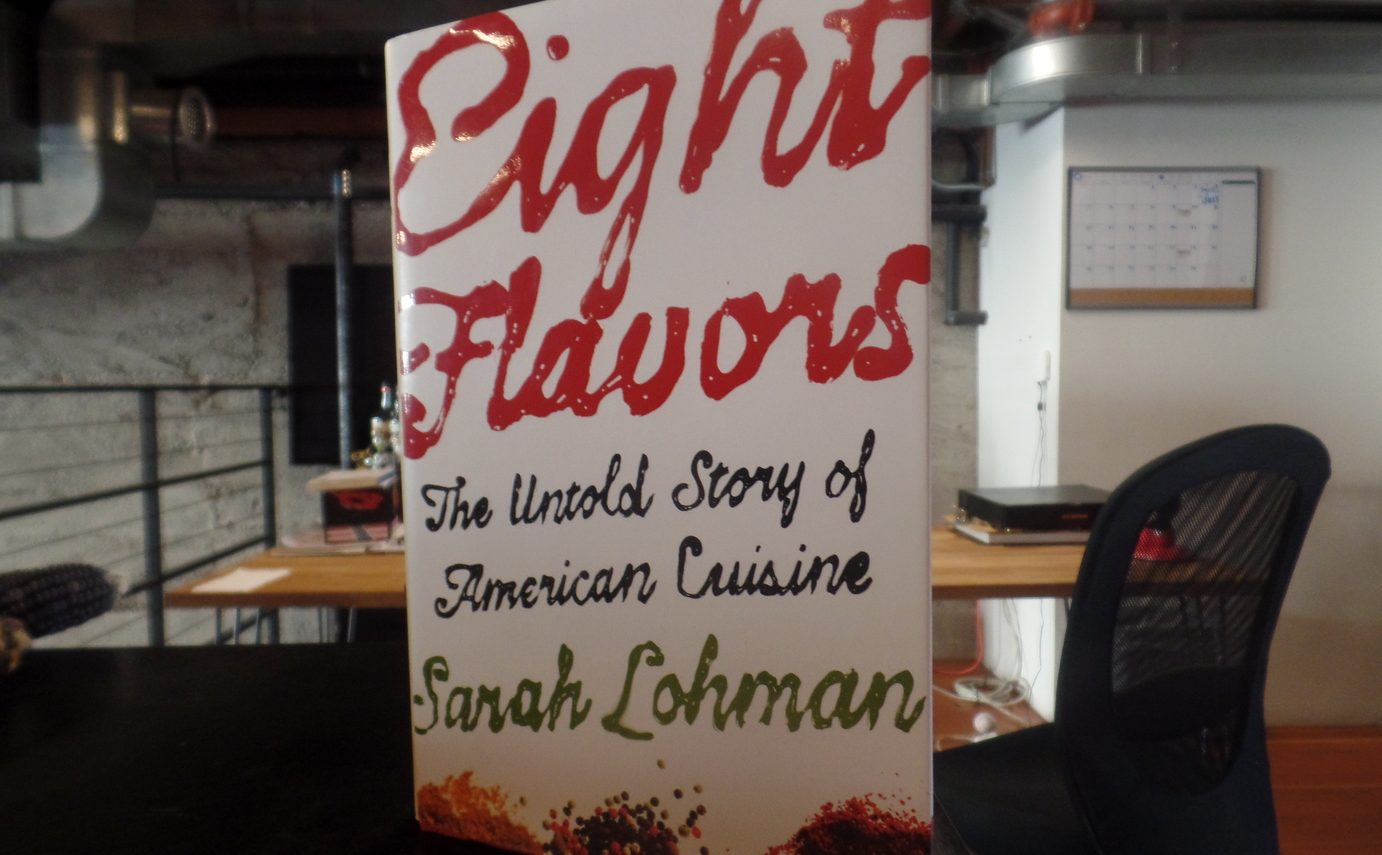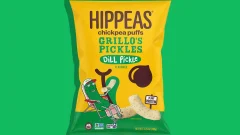This Book Identifies These Eight Flavors As The Most ‘American’

A food historian identified the defining and most popular flavors in American history – and wrote an impressive book on the subject.
According to Historical Gastronomist Sarah Lohman’s Eight Flavors: The Untold Story of American Cuisine, there are eight key flavors, and she brings to light their historical background in the United States. The stories behind these different ingredients are powerful and flavorful in nature, featuring recipes including Thomas Jefferson’s ice cream, and the earliest forms of Texan chili.
According to NPR, Lohman found these flavors through listing the common flavors in historical cookbooks, as well as using Google’s Ngram tool to identify the frequency of their appearances in cookbooks from 1796-2000. From that, she gathered the following eight flavors – and provided great backgrounds on each.
Black Pepper

Photo: The Homestead Garden
Black pepper is definitely one of our quintessential spices – we season basically everything with both salt and pepper. While it was popular in trading with Britain, a certain Revolutionary War disrupted that trade pipeline and pepper was harder to come by. Then, a family in Salem, Massachusetts discovered the pepper in Sumatra – and made a ton of money off of the trade. Since then, we’ve come to adore and heavily use this extremely common spice in just about everything.
Vanilla

Photo: Serious Eats
While the Mayans were the first to grow vanilla, its trade became wildly popular in Europe in the mid-1700s. Vanilla ice cream became especially popular after Thomas Jefferson brought back a recipe from France and served it in the White House. Today, vanilla is the most popular flavoring for desserts in the USA – and one of the highest-valued commodities we purchase.
Chili Powder

Photo: The Spice House
The first American chili powder was developed by William Gebhardt in the 1890s. His goal was to create a dried powder that mimicked the flavors of a chili con carne dish, developed by the “Chili Queens” of San Antonio in the 1880s. Using ancho chile, black pepper, garlic, oregano, and cumin, he was able to develop this now-popular spice brand that is the gold standard to use when making basically any chili recipe.
Curry Powder

Photo: Savory Spice Shop
This may sound like an odd choice, but Lohman explains her reasoning in the book. Curry powder has been used in America for over 200 years, and is based on Indian spice blends. We got these from our British roots when they began trading with India in the 1600s. The Brits eventually created their own curry – what we know as chicken tikka masala – and was a popular dish in one of the earliest cookbooks American colonists had.
The original curry powder contained turmeric, black pepper, and ginger, but later added in coriander, cumin, nutmeg, mace, and cayenne pepper. Since then, we’ve been making our own curries and using it for a variety of spiced-up dishes.
Soy Sauce

Photo: Shanghai Daily
After mayo and ketchup, soy sauce is the third most popular condiment in the United States. While popularized after the arrival of Chinese immigrants and not stamped as American until Kikkoman began producing soy sauce here in the twentieth century, many versions were created beforehand.
Samuel Bowen brought soybeans to America and sold his own version of soy sauce starting in the late 1700s, and many home versions appeared in early cookbooks. Soybeans weren’t grown as much as they are now, so alternatives like mushrooms, tomatoes, and walnuts were used – with the tomato version becoming some of the earliest versions of ketchup.
Garlic

Photo: Wonder How To
With how widespread garlic is today, it’s shocking to learn that it was once considered to be “un-American”. Early cookbooks referred to this plant as better used for medicine or French cooking. It was also associated with Italian immigrants and their resistance to “assimilate”, marking a racist chapter in our history. Now, garlic is a staple across the country, with garlic salt dominating our spice racks and garlic butter being used in tons of dishes.
MSG

Photo: Delicious Living
MSG has an incredibly negative image in today’s society, often linked to health issues and listed as one of the more dangerous food additives out there. However, in its early days, MSG was touted for due to its original “umami” flavor, as it was described by the inventor of the salt form of this compound. MSG is actually normally produced in any food item containing sodium (or salt) and glutamic acid – one of the amino acids we need for proper nutrition. While the original MSG was derived from Japanese kombu (kelp), everything from dried mushrooms, tomatoes, corn and meat will naturally contain this flavor-enhancing compound. While it’s best to not eat the salt form of MSG straight, the umami flavor it provides is wildly popular in the United States today.
Sriracha

Photo: Modern Farmer
This hot sauce is wildly popular and trending as a flavor across the country. Nearly everyone has their own version of Sriracha, which was originally developed by a refugee from Vietnam. After Chinese were expelled from Vietnam following the war (and forced to pay for leaving), many fled to the United States. The inventor of Sriracha, David Tran, traveled on a freighter called the Huey Fong – which he named his company after. Such a powerful story for our time when refugees are a topic of hot debate – and to remember our own background in America as refugees and immigrants.






















